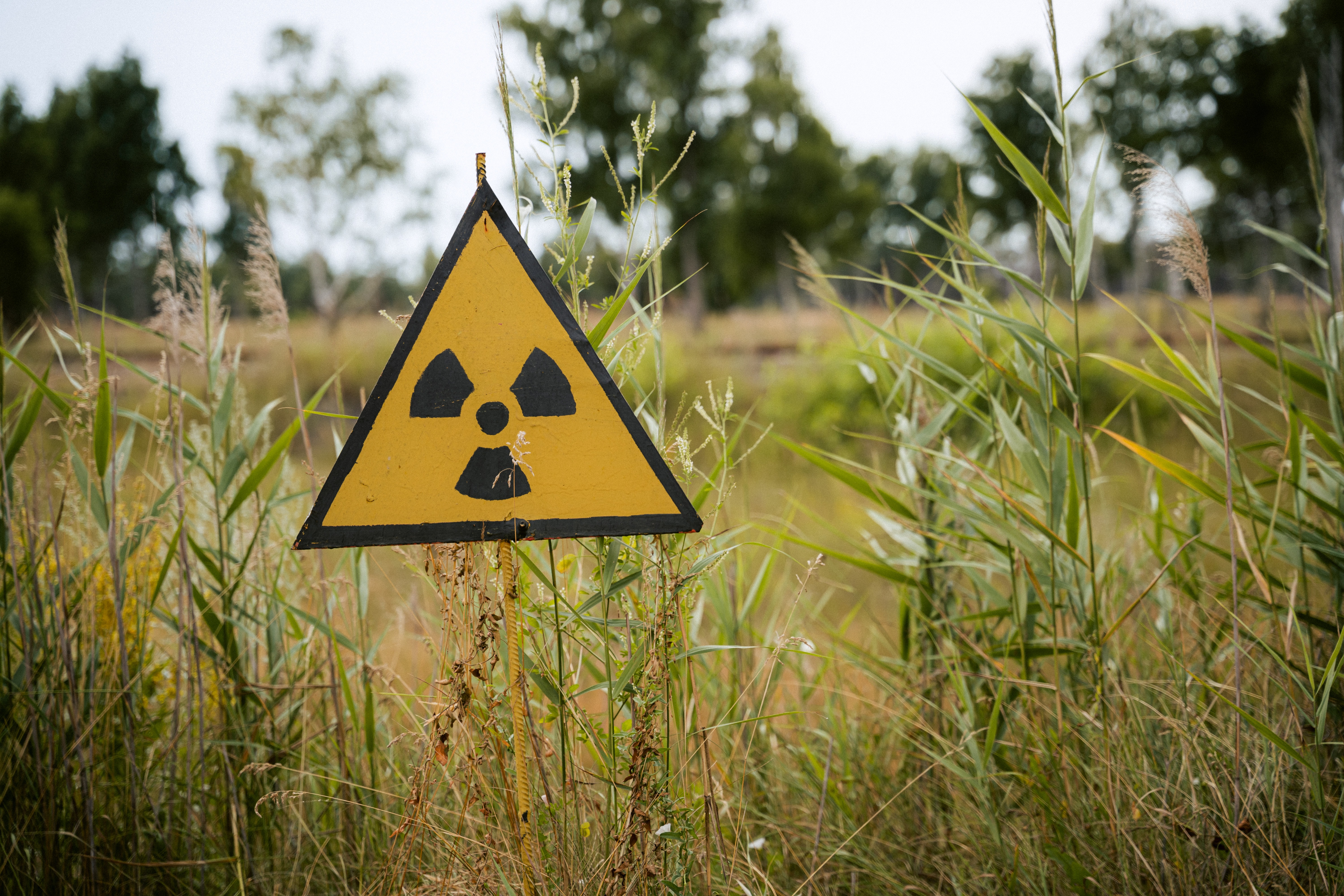Posted: 14 February 2022
A controversial sustainability

The European Commission said yes to gas and nuclear power as green energy sources. The sustainability of gas and nuclear power has officially been declared after more than a year of negotiations, thanks to the proposal regarding an energetic “taxonomy”: a classification system that defines the list of environmentally sustainable energy activities worthy to receive investments. The proposal, which will go through the Council and the Parliament, includes a radical potential turn for the European Energy Policy which raises some concern. The Platform on Sustainable Finance plays a vital role in the Commission that acts as a consultant for the Union on the new rules for green finance. The platform has expressed apparent and total disagreement with the proposal, highlighting the non-remunerative nature of the investments in nuclear and suggesting to review the thresholds for gas plants.
The nuclear plants to which the investments are going would indeed be the so-called “4th generation reactors”, which promise to dispose of the toxic waste in a completely safe way and avoid causing “any significant damage” to the environment. However, only prototypes of such reactors exist, and no one is yet certain of their costs, timeline, and climate impact. As for gas energy, the Commission’s proposal sets a cap on CO2 emissions aiming at the pre-existing system efficiency. Despite the significant differences that have already been addressed, the “taxonomy” draft reflects the need to compromise between the different member states’ interests.
France was the first to agree on the pro-nuclear and pro-gas scenarios. Since France holds the presidency of the EU Council, it was clear that the European Climate Law will benefit France from the nuclear power point of view with approximately 70% of its national energy. France has also announced one billion euros of new investments in heavy nuclear energy plans before the end of the decade. Countries from Eastern Europe followed this decision to develop gas and nuclear intends to end their dependency on coal. On the other side, we have Germany, which has vehemently opposed nuclear power and is working on dismantling all its plants. However, Germany has a softer approach to gas since the country invested in it as the transitional fuel to use while abandoning coal (and nuclear).
the end of the spectrum, we also find more radical positions which highlight how incentives on new gas plants could undermine the climate neutrality plans of the European Union. Outside Europe, the interest in nuclear energy is rising, and it is re-appearing in the decarbonization plans of the USA, the UK, and China. For example, Joe Biden has presented a draft on infrastructures in which he allocates almost nine billion US dollars to requalify the existing national nuclear plants and develop research projects on these 4th generation reactors, showing a clear intent to bring back nuclear power into the USA’s energy mix.
Nuclear energy has always been a controversial and complex topic. Chernobyl’s catastrophe and the Fukushima disaster are burned into memories and history. Still, the path taken by the EU has imposed to talk again about these topics with a slightly less ‘ideological’ point of view. This proposal also arrives into an international context that is quite tight due to the energetic crisis we are currently facing. Countries in favor of the Commission’s draft think nuclear power could become a stable, continuous, emission-free, and independent energy source that could hedge against price volatility. On the other hand, countries declare that the Commission is ambiguous and undermines its consolidated role as a frontrunner for renewables.
There is no doubt that renewables have become more and more efficient and competitive; in addition, their costs are now sensibly inferior to those of nuclear or gas power. But the central part of the debate around nuclear or gas energy is about the convenience of investing in such a massive way to develop renewables? The Commission thinks that including nuclear and gas power in the green taxonomy will be compatible with the rest of the framework and help reach climate neutrality before 2050. Indeed, if we want to guarantee clean energy to a planet that will probably be the home of almost 2 billion more people, we are forced to consider multiple possible solutions. We will have to re-think the energy system as a whole, value its costs and benefits, risks and demands, policy and economy, and, lastly, limit the global energy consumption through energy efficiency.